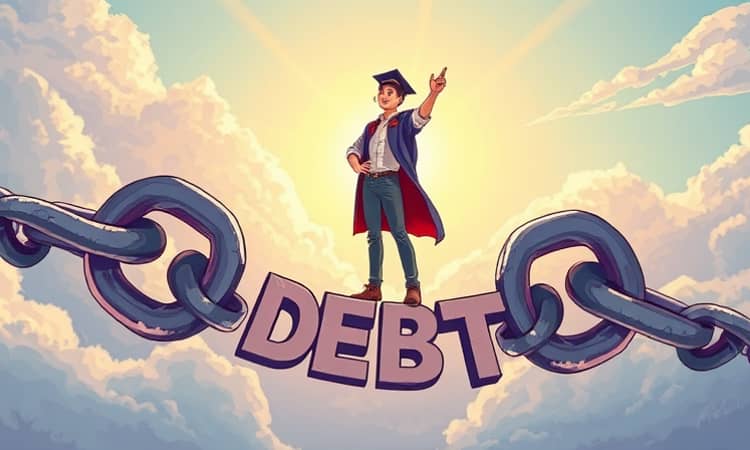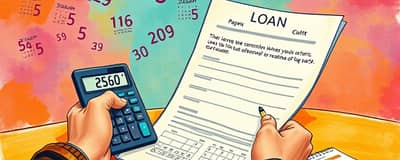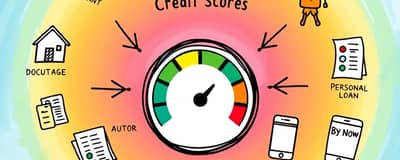As student loan balances soar to unprecedented heights, millions of borrowers face mounting anxiety and uncertainty about their financial futures. With the total US student loan debt reaching $1.773 trillion in 2024 and average balances climbing above $35,000, developing an effective repayment plan has never been more crucial. This guide offers a comprehensive roadmap to easing loan stress, empowering you to take control of your finances and embrace a brighter tomorrow.
Understanding the Scope of Student Loan Stress
In 2025, recent high school graduates may carry roughly $40,000 in student debt. For borrowers nationwide, the typical balance hovers between $20,000 and $25,000, with monthly payments averaging $435 on a $31,000 loan. As of 2024, 57% of borrowers make regular payments, yet 20% report being behind or in collections. Higher delinquency rates prevail among those earning under $25,000 and minority communities, particularly Black and Hispanic borrowers.
The stress of repayment is compounded by rising interest rates, which extend payment timelines and inflate total costs. Without a strategic approach, borrowers risk prolonged financial strain and damaged credit, risking their long-term goals for homeownership, savings, and retirement.
Key Repayment Plans and Their Benefits
Choosing the right repayment plan can dramatically influence your monthly obligation and ultimate cost. Federal programs offer multiple pathways tailored to different incomes, career goals, and timelines.
The Standard Repayment Plan spans 10 years and demands higher monthly payments, but it minimizes total interest. In contrast, Income-Driven Repayment (IDR) plans base payments on income and family size, reducing monthly burdens at the cost of extended loan terms and potentially higher total interest.
The newest IDR option, the SAVE plan, offers lower monthly payments and faster forgiveness timelines. Since its introduction, it has forgiven $5.5 billion for 414,000 borrowers. Across all IDR programs, over $51 billion has been discharged, benefiting more than one million people.
For public servants, the Public Service Loan Forgiveness (PSLF) program has discharged $79.4 billion, rewarding eligible employees with complete loan forgiveness after 120 qualifying payments. However, stringent requirements mean careful tracking of employment and payments is essential.
Practical Strategies to Minimize Interest and Accelerate Repayment
Beyond selecting a repayment plan, borrowers can employ targeted tactics to reduce interest costs and shorten loan terms.
- Debt Snowball Method: Focus on paying off the smallest loans first to gain psychological motivation boost, then reallocate payments to larger balances.
- Debt Avalanche Method: Target the highest-interest loans first to minimize total interest paid, saving the most over time.
- Early Interest Payments: For unsubsidized loans, paying accrued interest during school prevents capitalization of interest at graduation.
- Extra Principal Payments: Direct additional funds toward principal, not future installments, to achieve rapid debt reduction.
Both snowball and avalanche methods can be effective. Snowball fosters early wins, while avalanche delivers greater financial efficiency. Combining these with early interest payments and extra principal contributions can dramatically shorten your repayment timeline.
Leveraging Forgiveness and Relief Programs
Debt forgiveness programs have provided relief to millions, but navigating their requirements requires diligence and documentation.
Public Service Loan Forgiveness remains a cornerstone for government and nonprofit workers, while Borrower Defense Discharge has forgiven $28.7 billion for borrowers affected by misconduct. Disability discharges account for $14.1 billion in relief for over half a million individuals.
Policy landscapes can shift. Recent expansions have broadened eligibility for IDR and PSLF, but future rollbacks are possible. Staying informed through official channels ensures continued access to benefits.
Actionable Steps to Stay on Track
Implementing a successful repayment plan hinges on clear goals, consistent monitoring, and adaptability to changing circumstances.
- Create a comprehensive debt inventory listing balances, interest rates, and servicers.
- Use government loan simulators and consult servicers to choose the optimal plan for your income.
- Set realistic, measurable milestones—such as paying an extra $50 per paycheck—and celebrate each achievement.
- Evaluate consolidation or refinancing options carefully, considering potential loss of federal protections.
- Respond immediately to delinquency notices to avoid further credit damage and collection fees.
- Stay updated on legislative changes to maximize new forgiveness opportunities.
Consistent action and regular check-ins—monthly or quarterly—help ensure you remain aligned with your objectives. Automating payments and scheduling yearly plan reviews can further reduce stress and keep you moving forward.
Common Mistakes to Avoid
- Ignoring debts in collections, which exacerbates stress and long-term costs.
- Failing to specify that extra payments apply to principal balances.
- Overlooking new government programs or policy updates that could lower costs.
By thoughtfully selecting your repayment plan, applying proven strategies, and leveraging relief programs, you can transform anxiety into empowerment. Every extra payment, every forgiven dollar, and every milestone reached brings you closer to freedom from debt. Embrace these strategies today and stride forward with confidence toward a debt-free future.














